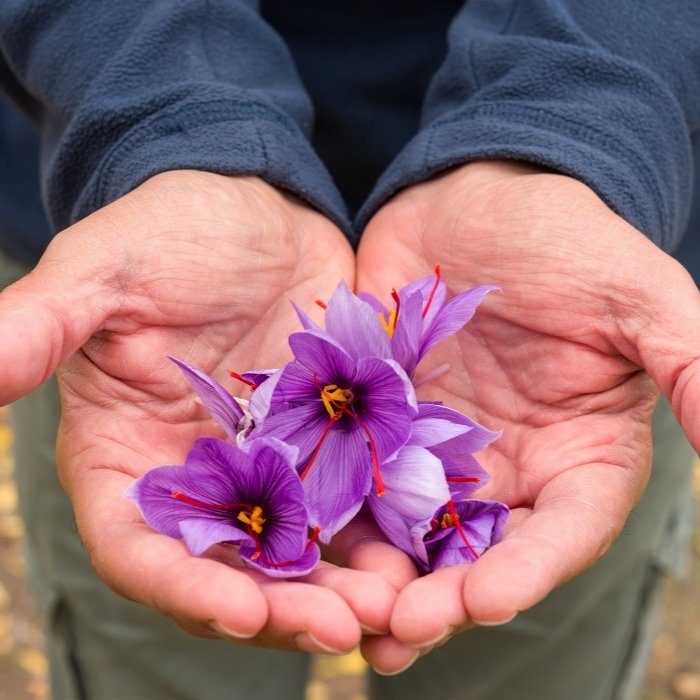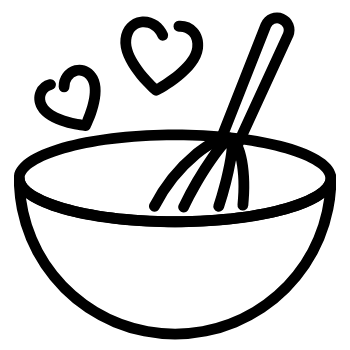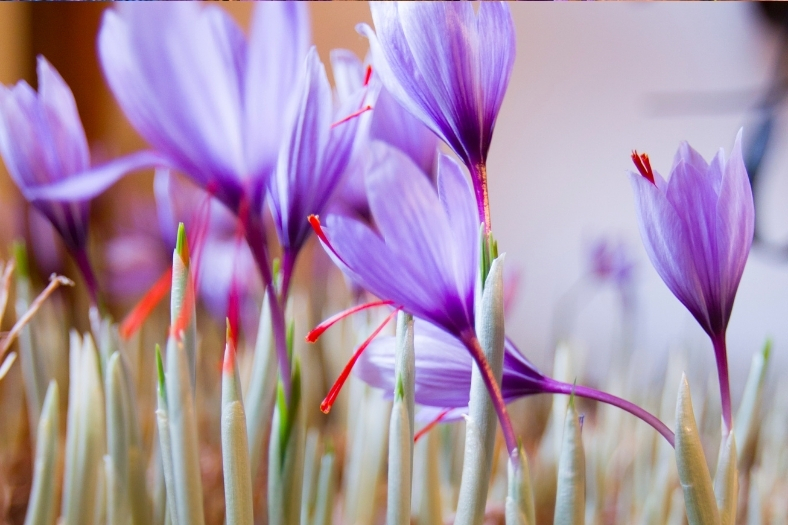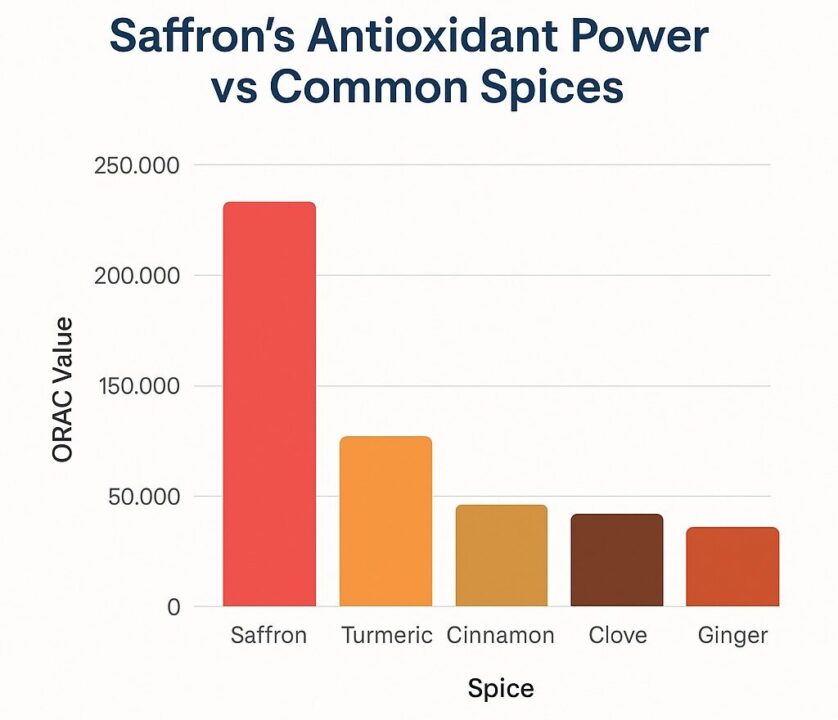Edit Content


Nature’s Golden Gift
At Saffron Benefits, we believe saffron deserves more than just admiration — it deserves understanding rooted in science and tradition. In a world full of myths and marketing fluff, we offer pure education about saffron:

Saffron is the three vivid red stigmas of the Crocus sativus flower. Hand-harvested with precision, it’s one of the world’s most expensive spices — not for rarity alone, but for its potent bioactives: crocin, safranal, and picrocrocin. These give saffron its antioxidant, anti-inflammatory, and mood-lifting powers.
Saffron isn’t just a culinary luxury. Clinical studies suggest saffron may help with:
Mood & Depression: Natural serotonin reuptake inhibitor
Brain Health: Improves memory & attention in aging adults
PMS & Menstrual Support: Proven relief for women
Eye Health: Slows macular degeneration
Sexual Health: Boosts libido & performance
Weight Loss: Suppresses appetite naturally
Sleep Quality: Enhances restfulness in some users

Saffron elevates everything from tea to gourmet meals. Use it to add aroma, depth, and golden colour to:
Drinks: Saffron tea, saffron milk, detox saffron water
Meals: Biryani, paella, saffron risotto, Persian tahdig
Desserts: Saffron ice cream, custards, cakes, cookies
Get your free eBook: → Download “Saffron Delights: 7 Authentic Recipes”

Used in Persian, Ayurvedic, and modern skincare, saffron offers:
Brighter, even skin tone
Collagen stimulation for firmer skin
Fewer breakouts thanks to antibacterial properties
Reduced pigmentation and dark circles

Research suggests up to 30 mg/day of saffron is safe and beneficial. Daily use may:
Improve mood
Reduce appetite
Support better sleep
But always start small and consult your healthcare provider.

Saffron is generally safe in small doses, but:
⚠️ Pregnant women should use caution (may trigger uterine contractions)
⚠️ Those on blood pressure or antidepressant meds should consult a doctor
⚠️ People with allergies to plants in the Iridaceae family should be cautious

Every claim on this site is backed by:
Peer-reviewed studies
Clinical trials
Traditional uses from Persian & Ayurvedic medicine
Modern pharmacological reviews on saffron’s bioactives
Cross-cultural documentation from Europe, China, and the Middle East

Saffron isn’t easy to grow. It takes:
150,000 flowers to yield 1kg of saffron
Ideal dry climates (Iran, India, Spain, Greece)
Skilled hands for harvesting and drying
Can you grow saffron at home? Yes — but it takes patience and precision.

Whether you’re a home cook, wellness seeker, or a skincare enthusiast, you’re here for truth. We’re here to guide you.
Saffron Benefits is:
No hype
No ads
No upsells Just verified saffron knowledge, free to explore.
4–6 threads steeped in warm water for 10 mins is ideal.
It should be avoided or used under medical supervision.
Sargol, Pushal, and Negin — all based on quality, colour, and potency.
Real saffron has trumpet-shaped tips and smells like hay-honey.
Iran produces 90% of the world’s supply and is globally trusted for quality.